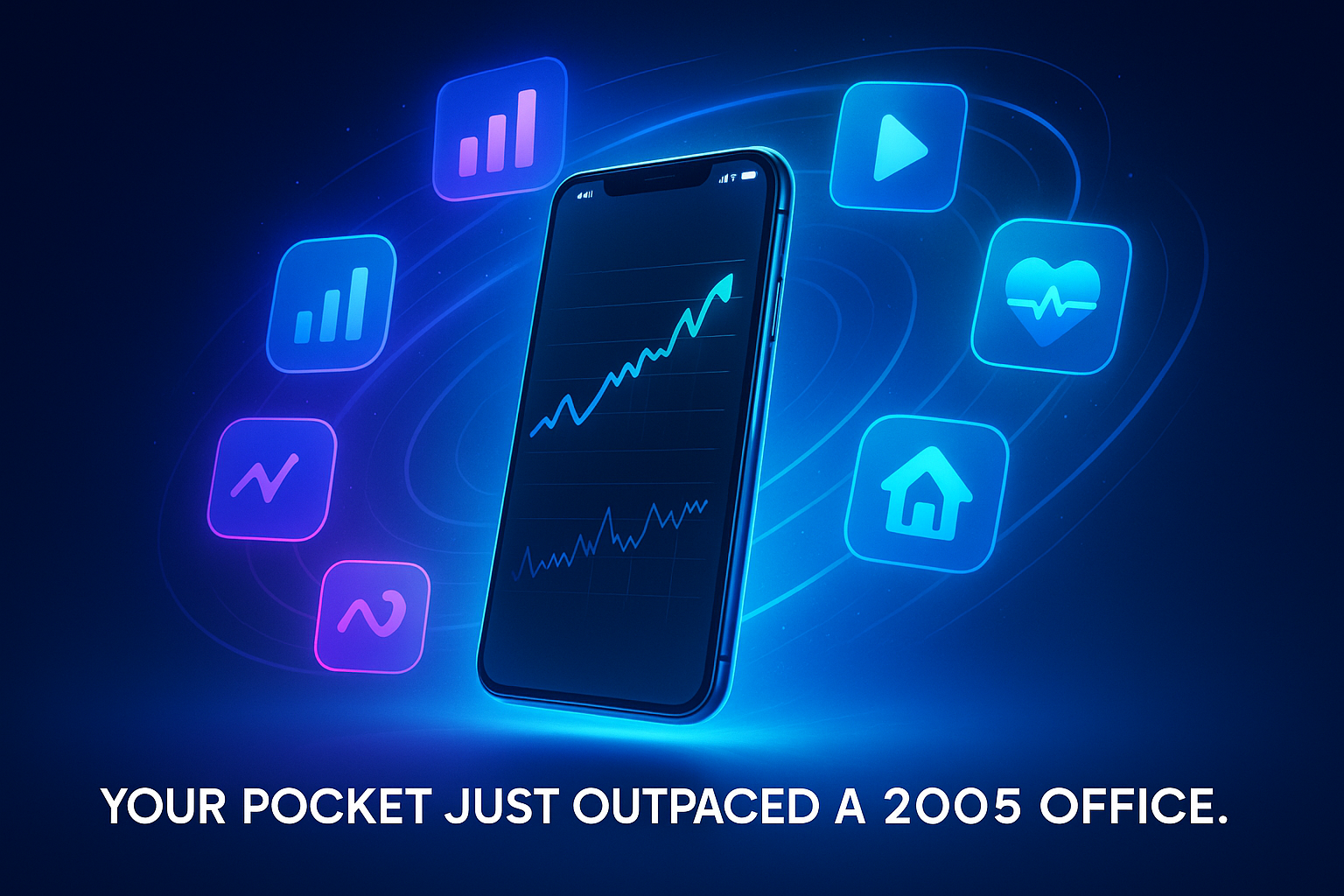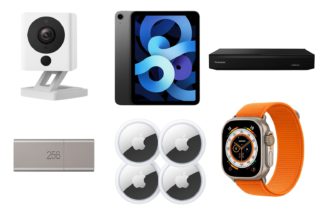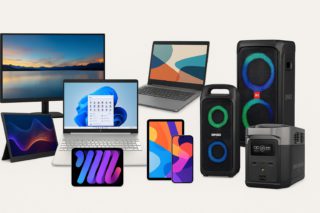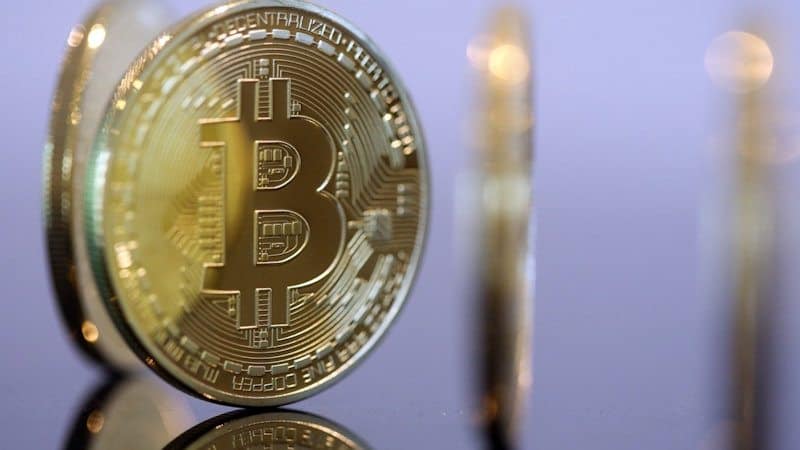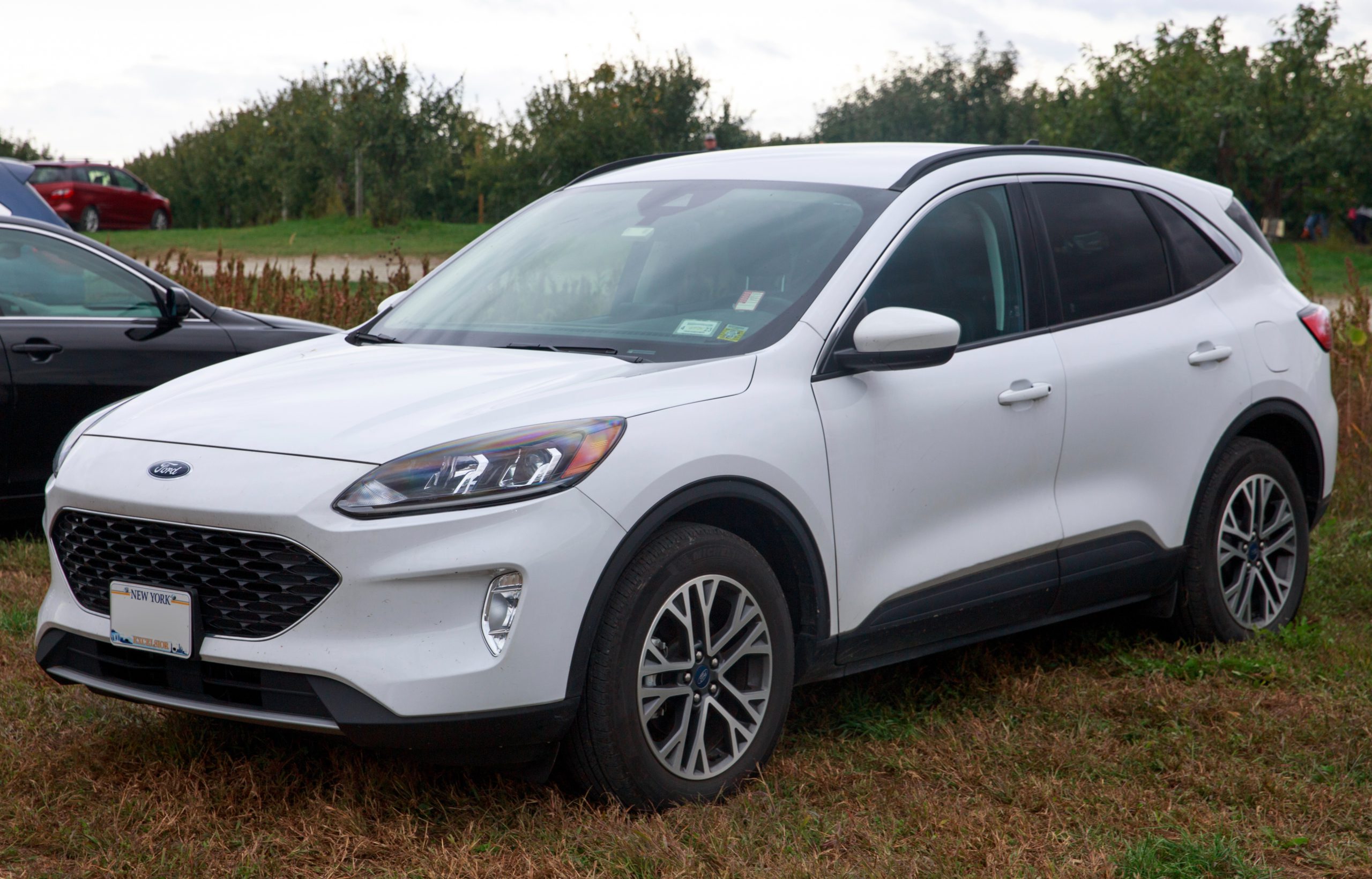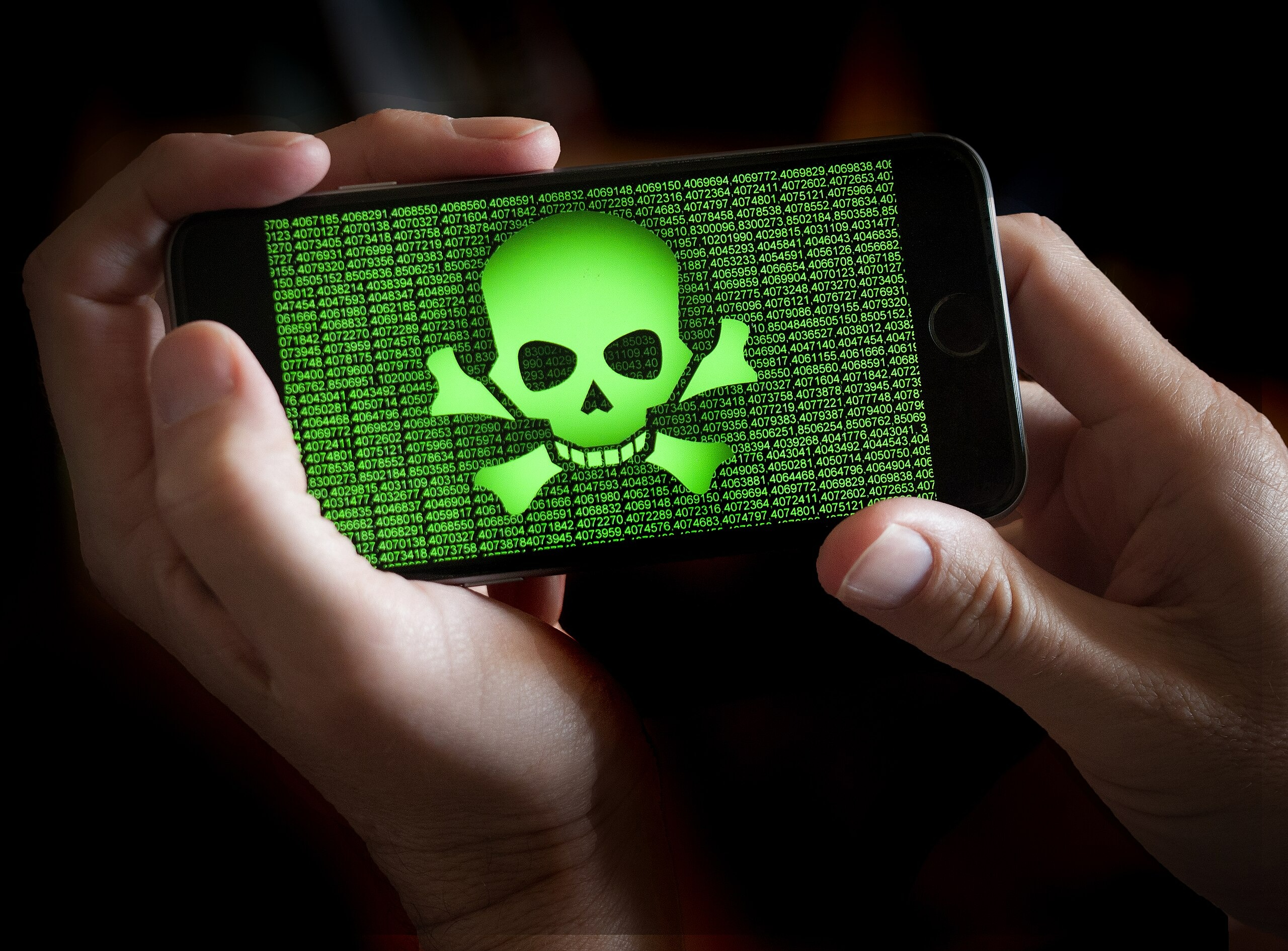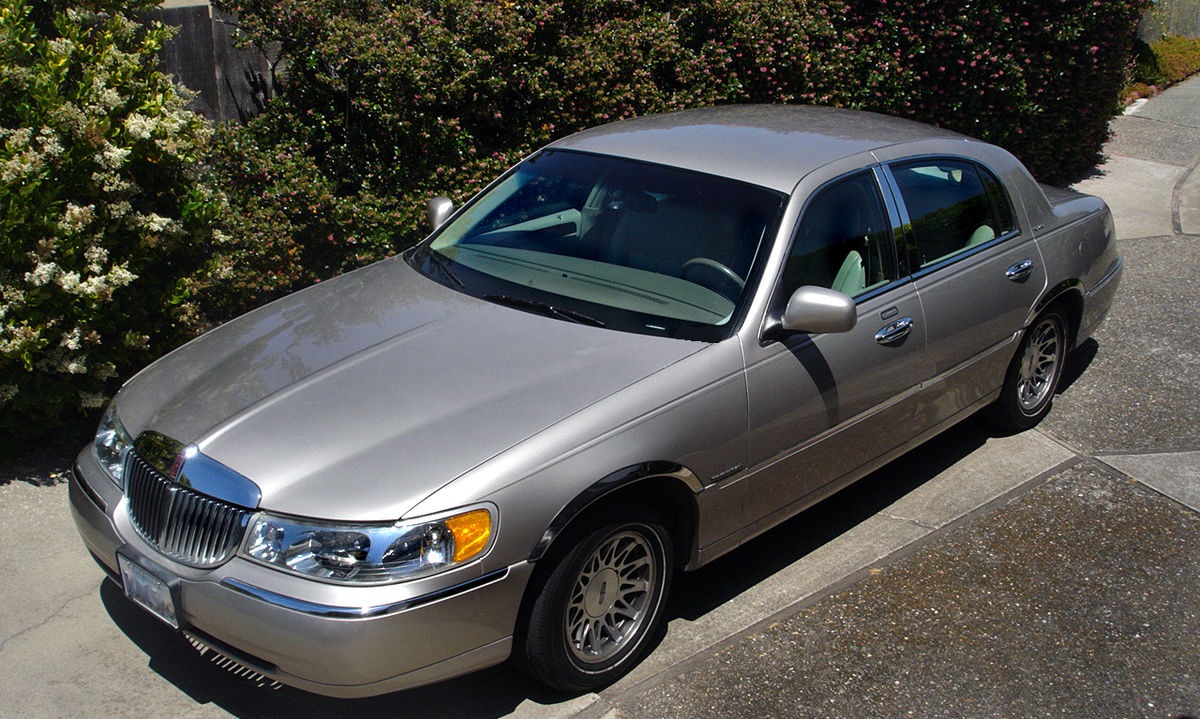In 2005, you were probably rocking a Motorola RAZR or maybe, if you were fancy, a Palm Treo. Your phone made calls, sent text messages, and maybe snapped a photo that looked like it was taken through a potato. Fast forward two decades, and that pocket rectangle now handles your finances, manages your home, monitors your heart rate, and even translates street signs in real time.
The evolution from flip phone to full-blown supercomputer didn’t just change how we communicate — it changed how we live. Here’s a look at 15 everyday things your smartphone does now that would’ve required a computer (or three) back in the day.
1. Trade Stocks While Waiting for Coffee
In 2024, the global mobile trading market was worth around $42 billion, growing nearly 23% a year as millions of investors ditched desktop terminals for apps like Robinhood and Fidelity. Two decades ago, mobile trading wasn’t even a concept — online brokerages were desktop-only, and most trades still happened over the phone.
Now, market moves that once took minutes happen in milliseconds, right from your lock screen. The Bloomberg terminal fits in your hand, thanks to any trading app you pick, and the barrier to entry has vanished.
2. Stream Movies Anywhere — in 4K
In 2005, “watching video on your phone” meant squinting at a 240p clip that took minutes to buffer. Today, more than 61% of all internet traffic comes from mobile devices, and much of that is streaming. Netflix, YouTube, Disney+, and even TikTok deliver crystal-clear HD and 4K video — no wires, no downloads, no patience required.
What once took a desktop, an Ethernet cable, and a DVD drive now rides on your data plan.
3. Never Get Lost Again
Remember printing out directions from MapQuest? That ended the moment Google Maps hit smartphones in 2008. Today, GPS navigation is fully integrated with real-time traffic data from millions of users, adjusting routes dynamically to shave minutes off your trip.
Two decades ago, turn-by-turn navigation required a $300 Garmin and a suction-cup mount. Now it’s built into your phone — and often more accurate.
4. Shoot Cinematic Photos and Videos
Modern smartphones capture 48-megapixel images and 4K HDR video, rivaling pro cameras that once cost thousands. The camera industry knows it — global digital camera sales have plummeted by more than 80% since 2010 as smartphones became the default lens for daily life.
In 2005, you’d need a DSLR, an SD card, and Photoshop on a desktop. Now, you edit and post from the same device you used to shoot it — all before your latte cools.
5. Pay Without Pulling Out Your Wallet
Mobile wallets have turned your phone into your bank card. Nearly 120 million Americans used contactless payments in 2024, and globally, mobile transactions totaled $7.4 trillion.
Back in 2005, “mobile payment” meant texting a donation to the Red Cross — if you could even do that. Today, tapping your phone at checkout is faster than swiping plastic.
6. Host a Meeting or Livestream from Anywhere
Your phone isn’t just for FaceTiming relatives anymore. With 5G speeds and front-facing cameras that rival webcams, it’s a full-on broadcast studio.
Video now dominates mobile traffic, powering everything from TikTok Lives to global Zoom conferences. In 2005, video chat required a desktop, a webcam, and a miracle-level broadband connection.
7. Work Entirely from the Cloud
Cloud storage turned smartphones into portable offices. Services like Google Drive and Dropbox make editing, collaboration, and file sharing instant.
In 2005, remote work meant lugging a laptop and praying for Wi-Fi. Now, your phone syncs terabytes of data and documents seamlessly — all before your computer even boots.
8. Translate the World in Real Time
Point your camera at a sign in Tokyo and Google Translate instantly renders it in English. The app now processes over 100 billion words a day, and that includes voice and image translation.
In 2005, you’d rely on a phrasebook or awkward hand gestures. Now, language barriers melt away with one tap — or even automatically.
9. Control Your Entire House
Smartphones are the modern remote control for reality. Adjust the thermostat, unlock the door, check your security camera — all from one screen.
In 2005, smart homes were futuristic luxury demos. Today, over 60% of IoT devices are controlled via smartphone, and asking “Hey Google, turn off the lights” doesn’t sound strange anymore.
10. Identify Songs, Stars, and Everything Else
When Shazam launched in 2008, it felt like magic. Today, your phone recognizes not just music but plants, constellations, products, and landmarks through AI-driven tools like Google Lens.
In 2005, you’d hum that song for days or dig through books to identify a star. Now, your camera is the answer key to the universe.
11. Order Dinner or Call a Ride
Uber, DoorDash, and their global equivalents made convenience the new normal. Mobile commerce now accounts for 57% of all e-commerce sales worldwide, as phones replaced menus, cash, and call-in orders.
In 2005, getting takeout meant calling a restaurant and hoping they got your address right. Now, you can summon dinner and a driver with a tap — and track both to your door.
12. Track Your Health and Fitness
Your smartphone knows your heartbeat, your sleep cycle, and how many steps you’ve taken today. The global fitness app market hit $10.6 billion in 2024, driven by the sensors built into phones and smartwatches.
Twenty years ago, this level of biometric tracking required medical-grade equipment or gym hardware. Now it’s built into your daily notifications.
13. Use Augmented Reality in Everyday Life
AR isn’t science fiction anymore. With apps like IKEA Place and Apple’s built-in Measure tool, your phone maps space, sizes furniture, and overlays digital objects in the real world. The AR services market is on track to hit $12 billion by 2035, growing roughly 15% per year.
In 2005, “augmented reality” was a PowerPoint buzzword. Today, it’s in your camera.
14. Create and Publish Professional Content
Mobile has erased the line between consumer and creator. More than 60% of global web traffic now comes from phones, and much of it is user-generated — filmed, edited, and uploaded from the same device.
In 2005, you needed a camera, editing software, and hours on a desktop. Now, creators run entire YouTube channels and podcasts from a phone that fits in their pocket.
15. Scan and Deposit Checks Instantly
Bank apps now let you scan documents, sign PDFs, and deposit checks without visiting a branch. Billions of paper transactions have disappeared as smartphones took over these once cumbersome tasks.
Two decades ago, this meant scanners, printers, and a trip to the bank. Today, it’s faster than refreshing your inbox.


